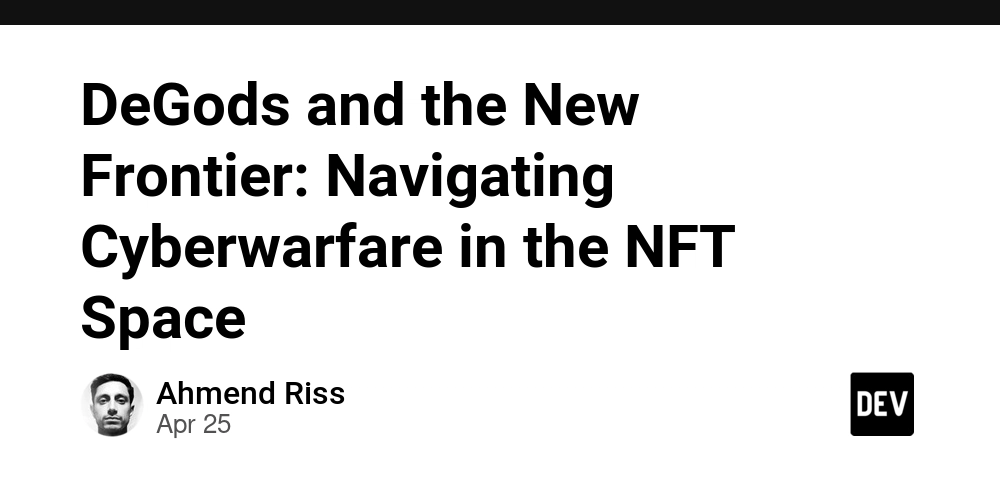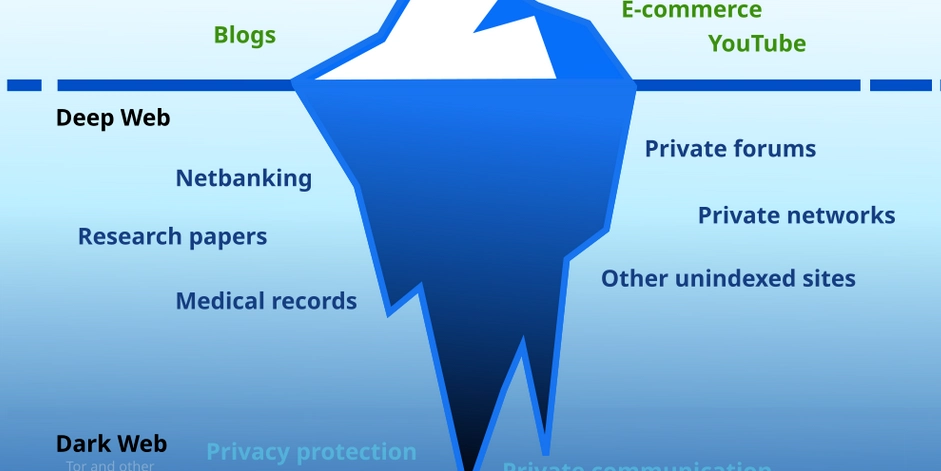What Keeps Red Hat So Damn Solid? Spoiler: It’s Not Luck, It’s Ruthless Kernel Engineering!
In the high-stakes enterprise environment where every second of downtime translates to lost revenue. Red Hat Enterprise Linux (RHEL) has established itself as the bedrock of reliability. This isn't accidental, it's engineered. Behind RHEL's legendary stability lies a methodical, uncompromising approach to kernel engineering that separates it from the pack. For businesses that can't afford failure, understanding Red Hat's kernel philosophy isn't just interesting, it's essential. Index Red Hat's Approach to Kernel Customization: Precision Engineering The Stability Imperative: No Room for Risk! Backporting: The Art of Safe Innovation Performance Engineering: Science, Not Guesswork Security Fortification: Kernel Hardening and SELinux Conclusion: Engineering That Matters 1. Red Hat's Approach to Kernel Customization: Precision Engineering RHEL’s kernel isn’t a one-size-fits-all solution. Red Hat’s engineering team spends countless hours tweaking, tuning, and customizing the kernel to meet enterprise needs. They look at the broader ecosystem, everything from hardware compatibility to cloud deployment and carefully optimize the kernel for each use case. RHEL's kernel isn't simply plucked from the mainline, it's meticulously sculpted for enterprise environments. Red Hat's engineering teams don't just implement the kernel; they reshape it through a lens of enterprise priorities. Real World Impact: Cloud-native deployments particularly showcase this approach. When major SaaS providers need to scale to millions of concurrent users. For such environments, Red Hat ensures the kernel handles virtualized environments with ease and robust features for containers, networking, and storage. These aren't just technical improvements, they directly enable business agility without sacrificing stability. This custom kernel ensures businesses can seamlessly scale their infrastructure without worrying about underlying kernel issues. "We don't just deploy kernels, we architect them for environments where failure isn't an option." - Red Hat's Engineering Philosophy. 2. The Stability Imperative: No Room for Risk! For Red Hat, stability is non-negotiable. You won’t find random kernel updates breaking your systems. Red Hat’s kernel undergoes rigorous testing, both automated and manual before it ever hits production. This emphasis on stability is what makes RHEL the preferred choice for industries like finance, healthcare, and government, where downtime can mean millions of dollars lost or lives at risk. Real World Impact: Financial trading platforms running on RHEL leverage this stability to process billions in transactions daily. When a millisecond of latency or a single failed trade can cost millions, Red Hat's conservative approach to kernel modifications provides the predictability these systems demand. Take a healthcare organization relying on RHEL for its electronic health records (EHR) system. These systems must run 24/7 without disruption, as patient care depends on real-time access to medical data. The rock solid kernel ensures that no matter the load, the system remains responsive and free from unplanned reboots or performance dips. 3. Backporting: The Art of Safe Innovation One of Red Hat’s secrets to long-term stability is backporting. Instead of pushing out the latest kernel features (which can be risky in production environments), Red Hat backports newer features and fixes to stable kernel versions. This means you get the latest updates without the instability that can come with upgrading to a new kernel version. Real World Impact: For a large government contractor, upgrading software can be a massive risk especially when applications rely on older versions of Linux. By using Red Hat’s backporting approach, the contractor ensures that even older systems can access vital security patches and performance improvements without disrupting ongoing operations. The Backporting Process: 1. Identify critical fixes/features in newer kernels. 2. Extract and isolate the specific code changes. 3. Adapt the code to work with older kernel structures. 4. Test exhaustively for regressions. 5. Deploy to production with minimal disruption. 4. Performance Engineering: Science, Not Guesswork Red Hat’s kernel is designed with performance in mind. Whether you’re running mission critical enterprise applications or resource heavy databases. RHEL has the tools to optimize CPU, memory, and I/O resource allocation. This is crucial for organizations that need to maximize their hardware usage without compromising on speed or efficiency. Real World Impact: Telecommunications providers serving millions of customers rely on these performance optimizations to maintain quality of service during peak loads. The difference between standard and Red Hat-optimized kernels can mean the difference between dropped calls and seamless communication. 5. Security For

In the high-stakes enterprise environment where every second of downtime translates to lost revenue. Red Hat Enterprise Linux (RHEL) has established itself as the bedrock of reliability. This isn't accidental, it's engineered. Behind RHEL's legendary stability lies a methodical, uncompromising approach to kernel engineering that separates it from the pack. For businesses that can't afford failure, understanding Red Hat's kernel philosophy isn't just interesting, it's essential.
Index
Red Hat's Approach to Kernel Customization: Precision Engineering
The Stability Imperative: No Room for Risk!
Backporting: The Art of Safe Innovation
Performance Engineering: Science, Not Guesswork
Security Fortification: Kernel Hardening and SELinux
Conclusion: Engineering That Matters
1. Red Hat's Approach to Kernel Customization: Precision Engineering
RHEL’s kernel isn’t a one-size-fits-all solution. Red Hat’s engineering team spends countless hours tweaking, tuning, and customizing the kernel to meet enterprise needs. They look at the broader ecosystem, everything from hardware compatibility to cloud deployment and carefully optimize the kernel for each use case. RHEL's kernel isn't simply plucked from the mainline, it's meticulously sculpted for enterprise environments. Red Hat's engineering teams don't just implement the kernel; they reshape it through a lens of enterprise priorities.
Real World Impact: Cloud-native deployments particularly showcase this approach. When major SaaS providers need to scale to millions of concurrent users. For such environments, Red Hat ensures the kernel handles virtualized environments with ease and robust features for containers, networking, and storage. These aren't just technical improvements, they directly enable business agility without sacrificing stability. This custom kernel ensures businesses can seamlessly scale their infrastructure without worrying about underlying kernel issues.
"We don't just deploy kernels, we architect them for environments where failure isn't an option." - Red Hat's Engineering Philosophy.
2. The Stability Imperative: No Room for Risk!
For Red Hat, stability is non-negotiable. You won’t find random kernel updates breaking your systems. Red Hat’s kernel undergoes rigorous testing, both automated and manual before it ever hits production. This emphasis on stability is what makes RHEL the preferred choice for industries like finance, healthcare, and government, where downtime can mean millions of dollars lost or lives at risk.
Real World Impact: Financial trading platforms running on RHEL leverage this stability to process billions in transactions daily. When a millisecond of latency or a single failed trade can cost millions, Red Hat's conservative approach to kernel modifications provides the predictability these systems demand.
Take a healthcare organization relying on RHEL for its electronic health records (EHR) system. These systems must run 24/7 without disruption, as patient care depends on real-time access to medical data. The rock solid kernel ensures that no matter the load, the system remains responsive and free from unplanned reboots or performance dips.
3. Backporting: The Art of Safe Innovation
One of Red Hat’s secrets to long-term stability is backporting. Instead of pushing out the latest kernel features (which can be risky in production environments), Red Hat backports newer features and fixes to stable kernel versions. This means you get the latest updates without the instability that can come with upgrading to a new kernel version.
Real World Impact: For a large government contractor, upgrading software can be a massive risk especially when applications rely on older versions of Linux. By using Red Hat’s backporting approach, the contractor ensures that even older systems can access vital security patches and performance improvements without disrupting ongoing operations.
The Backporting Process:
1. Identify critical fixes/features in newer kernels.
2. Extract and isolate the specific code changes.
3. Adapt the code to work with older kernel structures.
4. Test exhaustively for regressions.
5. Deploy to production with minimal disruption.
4. Performance Engineering: Science, Not Guesswork
Red Hat’s kernel is designed with performance in mind. Whether you’re running mission critical enterprise applications or resource heavy databases. RHEL has the tools to optimize CPU, memory, and I/O resource allocation. This is crucial for organizations that need to maximize their hardware usage without compromising on speed or efficiency.
Real World Impact: Telecommunications providers serving millions of customers rely on these performance optimizations to maintain quality of service during peak loads. The difference between standard and Red Hat-optimized kernels can mean the difference between dropped calls and seamless communication.
5. Security Fortification: Kernel Hardening and SELinux
In an era of escalating threats, Red Hat's kernel security strategy goes beyond patching vulnerabilities. When it comes to security, Red Hat doesn’t take any chances. Their kernel features kernel hardening techniques and deep integration with SELinux (Security-Enhanced Linux). Its multi-layered approach includes:
- Kernel hardening techniques that reduce attack surfaces.
- SELinux mandatory access controls integrated at the kernel level. Ensuring that your system is protected from both internal and external threats.
- Secure boot mechanisms that prevent unauthorized kernel modifications.
- Runtime integrity monitoring.
Real World Impact: Government agencies protecting classified information deploy these security features to create systems that remain resilient even when targeted by sophisticated adversaries. The kernel's security architecture ensures that even if one defense is compromised, multiple additional layers prevent exploitation.
Conclusion: Engineering That Matters
Red Hat's kernel engineering excellence isn't about technical elegance for its own sake, it's about creating infrastructure businesses can bet their futures on. While less rigorous distributions might chase the latest features, Red Hat's uncompromising focus on stability, security, and performance delivers something far more valuable: Peace of mind!
For organizations where failure isn't an option, Red Hat's ruthlessly engineered kernel isn't just a technical component, it's a business advantage that pays dividends every moment a critical system continues to operate flawlessly under pressure.
When selecting an enterprise Linux distribution, remember that what keeps your systems running isn't marketing promises or feature lists. It's the engineering discipline behind the kernel that powers everything else.
If you've found this analysis valuable, I invite you to follow me or connect with me on LinkedIn, where I regularly share insights on enterprise infrastructure, cloud architecture, and the technical decisions that drive business resilience.
Until next time, remember that in the world of enterprise technology, what happens at the kernel level ultimately determines what's possible at the business level.
Have questions about implementing these concepts in your organization's infrastructure? Let's continue the conversation in the comments or via direct message.









































































































































































![[The AI Show Episode 145]: OpenAI Releases o3 and o4-mini, AI Is Causing “Quiet Layoffs,” Executive Order on Youth AI Education & GPT-4o’s Controversial Update](https://www.marketingaiinstitute.com/hubfs/ep%20145%20cover.png)





































































































































































































































































































































































![Google reveals NotebookLM app for Android & iPhone, coming at I/O 2025 [Gallery]](https://i0.wp.com/9to5google.com/wp-content/uploads/sites/4/2025/05/NotebookLM-Android-iPhone-6-cover.jpg?resize=1200%2C628&quality=82&strip=all&ssl=1)


















![Apple Reports Q2 FY25 Earnings: $95.4 Billion in Revenue, $24.8 Billion in Net Income [Chart]](https://www.iclarified.com/images/news/97188/97188/97188-640.jpg)










































































































